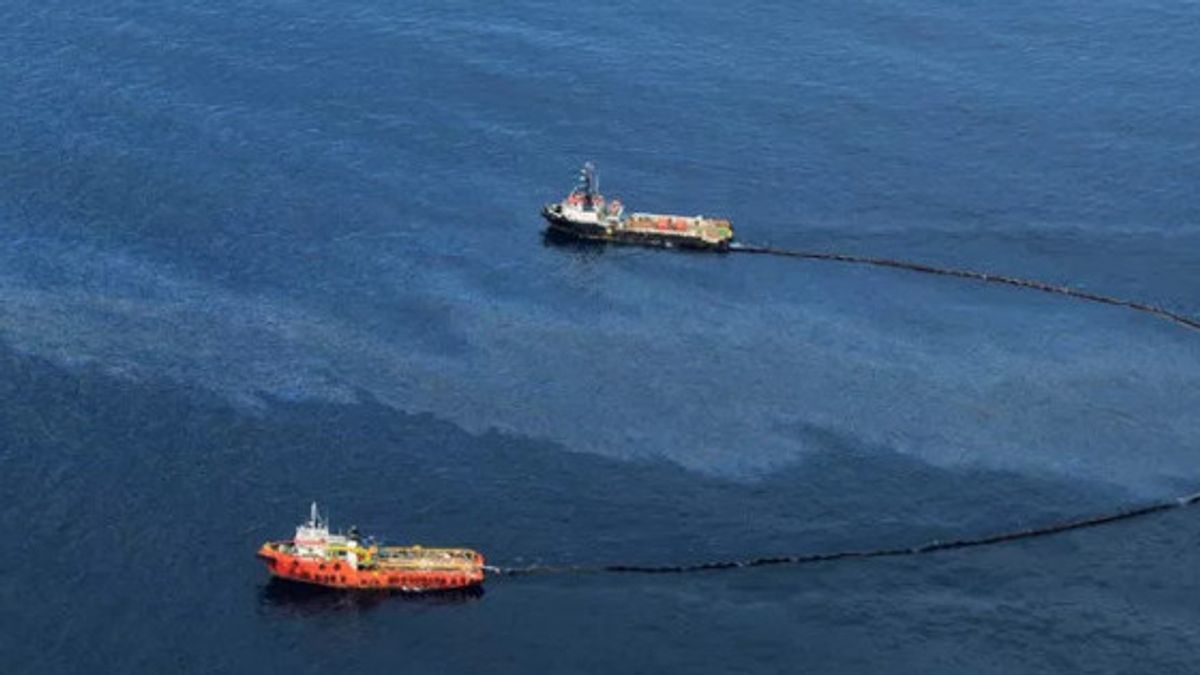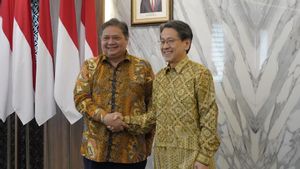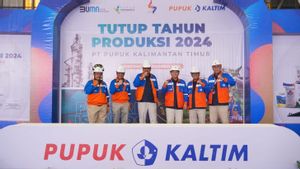JAKARTA - The Indonesian sea area holds large potential energy and mineral resources that can be developed as an energy source for the island community.
Secretary General of the Ministry of Energy and Mineral Resources Dadan Kusdiana said the Ministry of Energy and Mineral Resources through the Center for Marine Geological Survey and Mapping recorded the potential (practice) of Indonesian marine energy of around 63 GW.
Dadan detailed that this potential consists of a thermal energy conversion (OTEC) of 41 GW, sea current energy of 20 GW and sea wave energy of 2 GW.
"This figure does not include the potential for no waves, offshore wind, seawater floating solar PV, and other new energy," Dadan said in his remarks at the 18th Netizens Meeting Road to Hari Nusantara 2023: Oceanolation which was held at the Ministry of Energy and Mineral Resources, Monday 4 December.
Dadan further said that eastern Indonesia has the potential to develop sea energy, both the largest current and sea waves, dominating from 17 sea current energy points and 22 potential points for sea wave energy throughout the archipelago waters.
"The largest potential of sea currents is in the Larantuka Strait and the Pantar Strait in NTT, which is now being explored for its feasibility to become a PLTAL," added Dadan.
Not only that, he said, the development of bioenergy based on alga and microalga is also one of the prima donnas in bioenergy research, considering that the Indonesian sea has tens of thousands of alga and microalga species that have the potential to be developed into palm oil substitution to produce bioenergy.
"Our marine mineral wealth also has high economic value. Some of the mineral potentials stored on the Indonesian seabed include gold, silver, copper, zinc and lead, to rare earth elements (REE) which play an important role in producing high-tech downstream products such as solar panels and batteries," continued Dadan.
SEE ALSO:
Dadan continued, the Ministry of Energy and Mineral Resources has also mapped the potential for biodiversity and bioprospection, fishery resources, and the potential for carbon absorption from the Indonesian sea, as a basis for determining the policy of downstreaming maritime resources in the future.
"Through the development and utilization of marine energy in the future, it is also hoped that it will contribute to the decline in emissions, contributing to achieving the Net Zero Emission 2060 target," concluded Dadan.
The English, Chinese, Japanese, Arabic, and French versions are automatically generated by the AI. So there may still be inaccuracies in translating, please always see Indonesian as our main language. (system supported by DigitalSiber.id)















